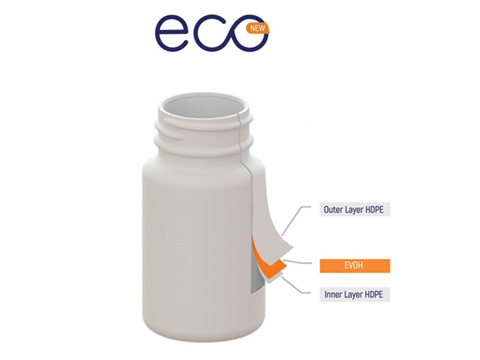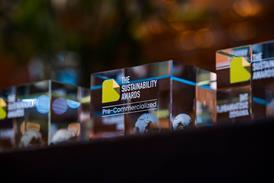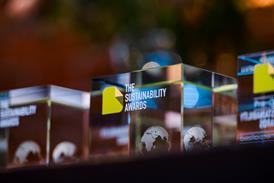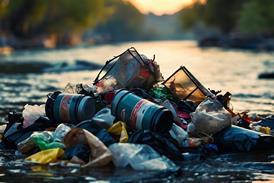
Utilizing pharma-grade resins powered by Dow, LOG Pharma Primary Packaging’s barrier line claims to lower the weight of pharmaceutical bottles by up to 30% without sacrificing their water vapour transmission rate.
Reportedly, the line cuts production costs ‘significantly’ and results in drug packaging with ‘optimal’ moisture and oxygen protection, as well as ‘superior’ gas barrier properties.
By using Dow’s HEALTH+ line of resins for medical and pharmaceutical applications, LOG claims to have achieved a potential weight reduction of up to 30% while keeping the pack’s water vapour transmission rate intact.
“The new Eco Line product family demonstrates our commitment to delivering sustainable, eco-friendly barrier bottles at competitive prices,” said CEO Shaul Bassi. “Our R&D team has developed a series of barrier bottles that provide exceptional protection against oxygen and moisture while being environmentally friendly and reducing costs significantly.”
LOG will display its barrier eco line – as well as other barrier packaging solutions for oral and moisture- or oxygen-sensitive formulations – at Stand A97 in Hall 7.2 during Pharmapack Europe 2025 in Paris (22nd – 23rd January).
Ora Gilboa, vice president of R&D, will attend the event and host the presentation “Barrier Bottles & Sustainability: Can We Have Them Both?” This discussion will cover LOG’s process of designing a bottle for sustainability while maintaining its barrier properties.
LOG encourages any interested parties to schedule a meeting at the upcoming Pharmapack.
In similar news, Berry Global claims to be enhancing recyclability and reducing CO2 emissions by around 71% with a range of clarified polypropylene bottles for healthcare applications. Available in green, light and dark amber, and custom colours, they claim to offer ‘excellent functionality, product protection, and aesthetics’ when packaging vitamins, nutraceuticals, dietary supplements, and more.
Cherwell’s terminally sterilized plastic bottles also seek to lower packaging weight and reduce carbon emissions compared to their glass alternatives. The new designs lower transport costs and make the bottles easier to handle, pack, and store, according to the company.
If you liked this story, you might also enjoy:
The ultimate guide to the Packaging and Packaging Waste Regulation in 2024
How are the top brands progressing on packaging sustainability?
Sustainable Innovation Report 2024: Current trends and future priorities
Everything you need to know about global plastic sustainability regulation


















No comments yet